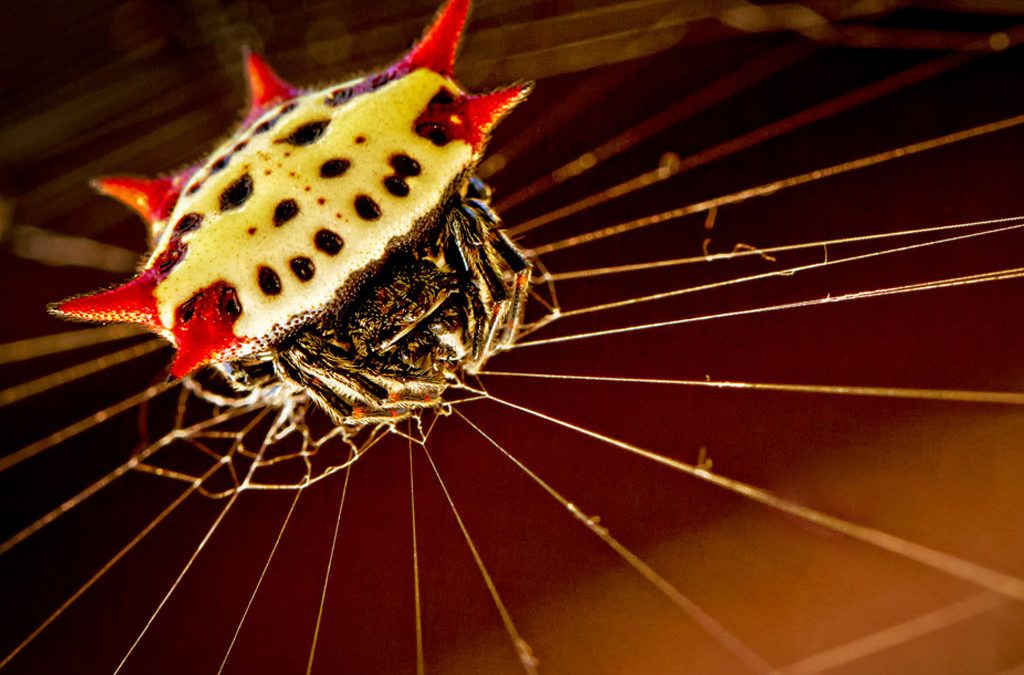
Spiny Orb Weaver
The Spiny orb weaver is one of many species of beneficial spider that feasts on small garden pests. Their common name is appropriately labelled, the spider has six pointy projections located around its abdomen. Bright coloration of the abdomen such as yellow, red, white and black are associated with this interesting critter, and the rest of its body is black.
| Common names: | Spiny orb weaver; spiny-backed orbweaver; crab-like orbweaver |
| Scientific Name: | Gasteracantha cancriformis |
| Size: | 0.06-0.38” (1.5-9.5 mm) |
| Type of Beneficial: | Insect predator; prey includes flying insects such as whiteflies, mosquitoes, and wasps |
| Geographic Distribution: | Southern United States, Central America, Cuba and Jamaica |
Although they may look dangerous with their bright colors, they are harmless to humans. Another distinguishing feature is their abdomen, which is broad-shaped and tough to the touch. They are relatively small; the males are much smaller than females and are more difficult to spot.
The webs of these little predators is quite distinct. It is flat, round, and usually close to twelve inches in diameter. The carefully constructed web may consist of up to 30 radii, all coming from the central foundation which is made with only one vertical strand. These structures can be found on the sides of buildings, window corners, and within trees and shrubs. Some say that these tenacious spiders rebuild their webs every single night to ensure that it is structurally sound.
The life cycle of the Spiny orb weaver is short; males die six days after fertilizing the female’s eggs, and females perish after creating an egg mass. Their mating ritual is worth noting. A male pursues a female by visiting her web and tapping on the web’s silk in a 4-beat pattern in order to get her to notice him. When she acknowledges him, he carefully approaches, hanging on by a thread. They mate for 30 minutes or more, and the male stays on her web afterwards.
The female creates an egg sac that encases between 100 and 260 eggs. An egg case is also necessary to provide nourishment for the developing young spiders. The case is built from silky threads woven together to create a tiny sheet, and it is then covered with a jumble of white and yellow threads. The next layer consists of dark green and yellow threads, presumably for camouflage, and the female attaches it to the bottom of a leaf. This typically takes place during the winter months. The female dies after doing all this hard work in order to continue the survival of her species.
Eggs hatch after about twelve days, at which point the tiny spiders stay inside the egg case for several weeks where they learn to move around. They will venture out into the world once they reach maturity. At this point they start building small webs from single silky strands.
The spiny orb weaver is not particular about where they take up residence. They may be found in gardens, woodland edges, fences, and even urban areas. Webs may even be located near the ground, which makes it difficult for us humans to avoid walking into them. This spider creates two types of silk, “foundation” silk and “tufted” silk. The foundation silk is what the spider uses to make the foundation of the web, and it attaches the tufted silk to the web like tiny flags. Some say the spiders attach these tufts so that birds see it as a warning and avoid flying into their web.
These predators are important to an outdoor garden. The web is strategically built at an angle so the spider can lounge in the center of the web, waiting for unsuspecting prey. Their web traps pests such as whiteflies, beetles, mosquitoes and moths, and then the spider moves from the center and paralyzes her prey. If the insect is small enough to eat, she takes it back to the central point to devour. If not, she wraps it up to save for later and may take it to a different place on the web. If multiple insects are trapped at the same time, she may eat them where they lie, after she immobilizes them of course. After eating the juicy insides of her prey, she tosses the uneaten exoskeleton from her web.
There is no downside to having spiny orb weaver spiders in your garden; they are not dangerous and rarely make their way indoors. These beneficials should be encouraged in the garden because of their instinctive nature to consume insects that are pests for our crops. These are just one of a variety of beneficial spiders that help protect garden plants and crops by keeping populations of these insect pests under control.

Paper Wasps

Attracting Beneficial Insects

Golden Garden Spider

Butterfly

Dragonfly
Trackbacks and pingbacks
No trackback or pingback available for this article.
4 comments
Leave a reply Delete Message
Articles
Featured
-
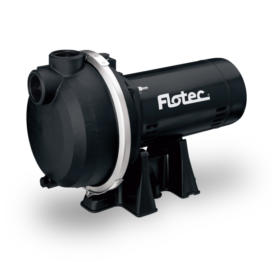 Thermoplastic Irrigation Pump 1 HPRegular Price $469.99
Thermoplastic Irrigation Pump 1 HPRegular Price $469.99 -
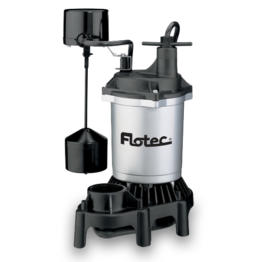 Submersible Thermoplastic Sump Pump 1/2 HPRegular Price $269.00
Submersible Thermoplastic Sump Pump 1/2 HPRegular Price $269.00 -
 EzGro Quad Pot 50 PackRegular Price $499.90
EzGro Quad Pot 50 PackRegular Price $499.90 -
 EzGro Patio GardenRegular Price $389.99 – $399.99
EzGro Patio GardenRegular Price $389.99 – $399.99 -
 EzGro Precision Micro TrimmerRegular Price $11.99
EzGro Precision Micro TrimmerRegular Price $11.99 -
 Five Tower Strawberry GardenRegular Price $2,799.00
Five Tower Strawberry GardenRegular Price $2,799.00 -
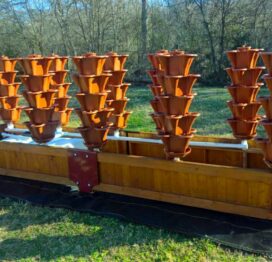 Ten Tower Deck GardenRegular Price $3,499.00
Ten Tower Deck GardenRegular Price $3,499.00 -
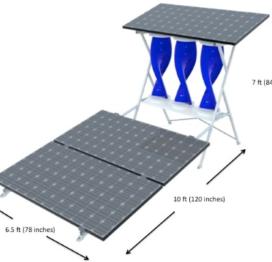 Tri-Helix Solar WindmillRegular Price $4,399.00
Tri-Helix Solar WindmillRegular Price $4,399.00 -
 Cold Pressed Neem OilRegular Price $29.92 – $38.71
Cold Pressed Neem OilRegular Price $29.92 – $38.71 -
 Drain Dish & Diffuser Dish SetRegular Price $16.99
Drain Dish & Diffuser Dish SetRegular Price $16.99









We have one of these white faces shiny orb spiders near our backdoor. I enjoy seeing it and it's actually a pretty spider, but now this evening I saw another spider dangling near her web and it flew down on a strand way to close to me. Is there a way to move the other spider? Thanks!
To capture a spider with the intent to relocate it, a small clean sturdy vessel with a secure lid is needed. When we have spiders in the house, we always capture and relocate them safely outside.
If a spider is in an orb, try to visually locate the traverse lines suspending the web, there should be several going out in different directions. These lines are not sticky and you can easily detach them if you need to in order to get the capturing vessel closer to the spider.
It is in the spider’s interest to capture them in the evening when they would be eating their web soon and retiring for the night. Then you haven’t interrupted their intent to find food for the day and causing them to need to begin a new web all over again. This may sound extreme but if you have ever watched spiders in their natural habitat, they are fascinating creatures and have their own rhythm of life you can learn as you observe.
Once you can approach the spider’s orb closely, carefully hold the small plastic container behind the web and quickly, because the spider will try to escape as soon as she see’s what you’re doing, draw up the container and put on the container top simultaneously so as to capture the spider in the vessel without harming it.
Verify you indeed have the spider in your vessel. Carry the vessel to a pre-determined location where there are plants and the prospect of bugs for food. Tip the vessel as you carefully remove the top and give the vessel a gentle shake to encourage the spider to crawl out assisted by gravity. Watch for a moment, or as long as you want, to make sure the spider has quickly adapted to its new surroundings.
Voila! You have successfully lead an arachnid release project! Congratulations!
My favorite favorite favorite favorite male pet spiders are 1 the male [PLATFORM SPIDER] 2. The male (FALSE BLACK WIDOW SPIDER) no male orbweaver spider can win a fight against then over territory. ????HAA HA HA HA HA HA HAAAAA.
There is an a tiny orb weaver in my front yard . At first she tried building her web in a cross way spanning her first bridge? or extension between two camellia bushes. I had to move her as was suggested on this post, because surely the mail carrier would run right through her web. No problem set her up in a primo location in between another camellia bush and young maple tree. She has been there now over 10 days weaving extraordinary, beautifully designed webs sometimes the expansion points have had 6 points all symmetrical that then support the center with almost more than 35 rings.. It has been a pleasure and a gift watching her. I will miss her when she is gone. thank you for the info you shared in this article.